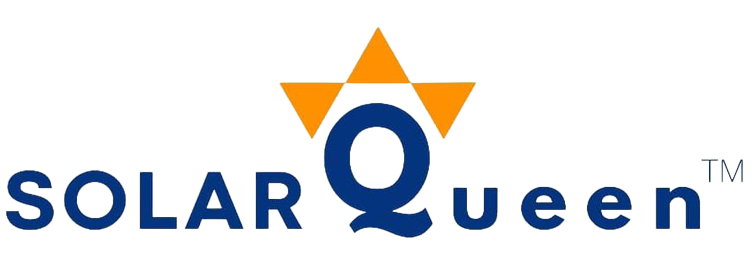The global solar industry is experiencing unprecedented growth, driven by technological advancements, government policies, and increasing demand for clean energy. As solar power continues to dominate the renewable energy sector, understanding the latest trends is crucial for businesses, investors, and consumers. Here’s a look at the key trends shaping the global solar market.
1. Rising Solar Capacity Worldwide
Solar power installations are expanding rapidly, with record-breaking capacities being added every year. Countries like China, the U.S., and India are leading the way in solar deployment, contributing significantly to global capacity growth.
- The International Energy Agency (IEA) predicts that solar power will account for nearly 60% of new renewable capacity additions in the coming years.
- Utility-scale solar projects are becoming more cost-effective, further driving adoption.
2. Declining Solar Panel Costs
The cost of solar panels has dropped significantly over the past decade due to improved manufacturing processes and economies of scale. Key factors contributing to cost reductions include:
- Advancements in photovoltaic (PV) technology.
- Increased production efficiency in major solar manufacturing hubs.
- Government incentives and subsidies that make solar energy more affordable.
3. Growth of Floating Solar Farms
With land availability becoming a challenge in many regions, floating solar farms are emerging as a viable alternative. These installations utilize reservoirs, lakes, and other water bodies, offering several advantages:
- Higher efficiency due to natural cooling effects.
- Reduced land constraints for large-scale solar projects.
- Additional benefits like reducing water evaporation.
4. Integration with Energy Storage
As solar adoption increases, energy storage solutions such as lithium-ion and solid-state batteries are gaining momentum. This integration enhances grid reliability and ensures consistent power supply, even during low sunlight periods.
- Advances in battery technology are reducing costs and improving storage capacity.
- Governments are investing in large-scale battery storage projects to support solar energy.
5. Expansion of Solar in Emerging Markets
Solar energy is becoming more accessible in developing countries, thanks to decreasing costs and innovative financing models. Off-grid and microgrid solar solutions are empowering remote communities with clean energy access.
- Africa, Southeast Asia, and Latin America are seeing rapid solar adoption.
- Pay-as-you-go solar systems are making clean energy affordable for low-income households.
6. Smart Solar Solutions & Digitalization
The rise of the Internet of Things (IoT) and AI-driven analytics is transforming solar energy management. Smart solar solutions include:
- Remote monitoring and predictive maintenance for solar panels.
- AI-powered energy forecasting to optimize grid efficiency.
- Blockchain-based solar energy trading for peer-to-peer transactions.
7. Corporate & Industrial Adoption
Businesses are increasingly adopting solar energy to meet sustainability goals and reduce operational costs. Many companies are signing power purchase agreements (PPAs) with solar farms to secure long-term clean energy supply.
- Tech giants like Google and Amazon are investing heavily in solar projects.
- Industries are integrating solar into manufacturing processes to cut emissions.

